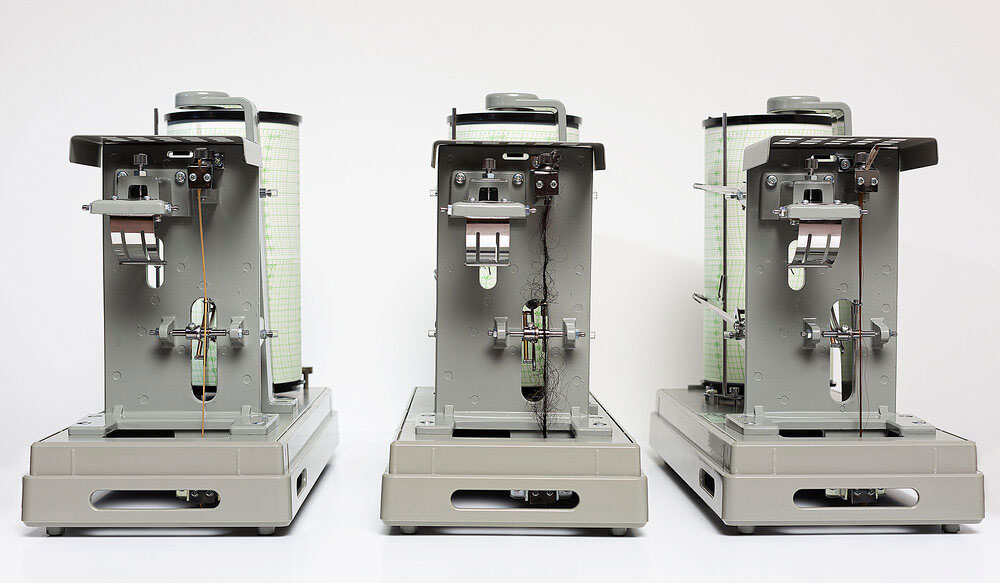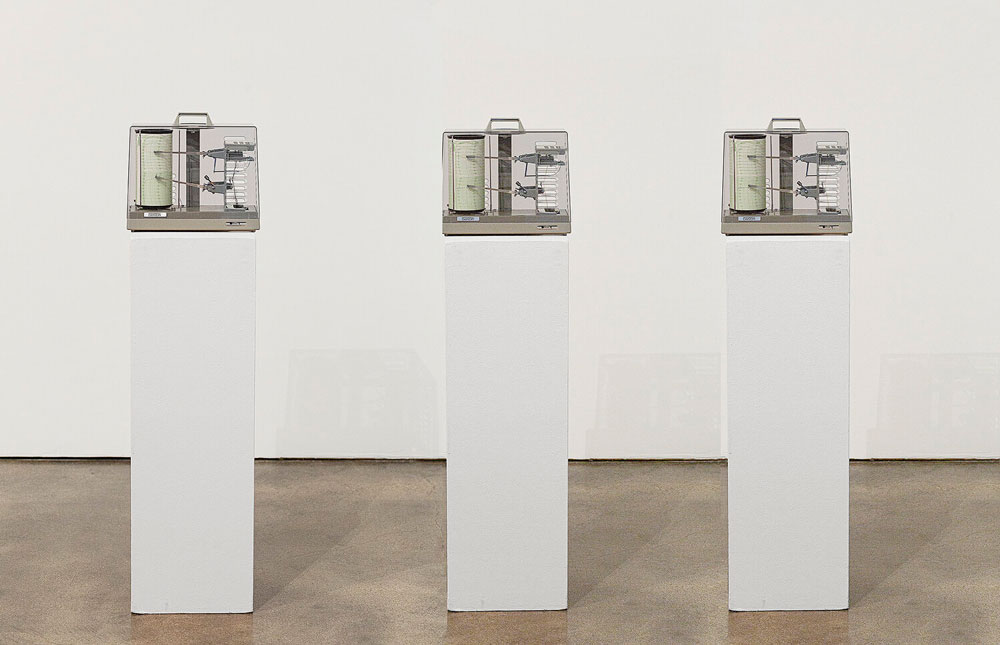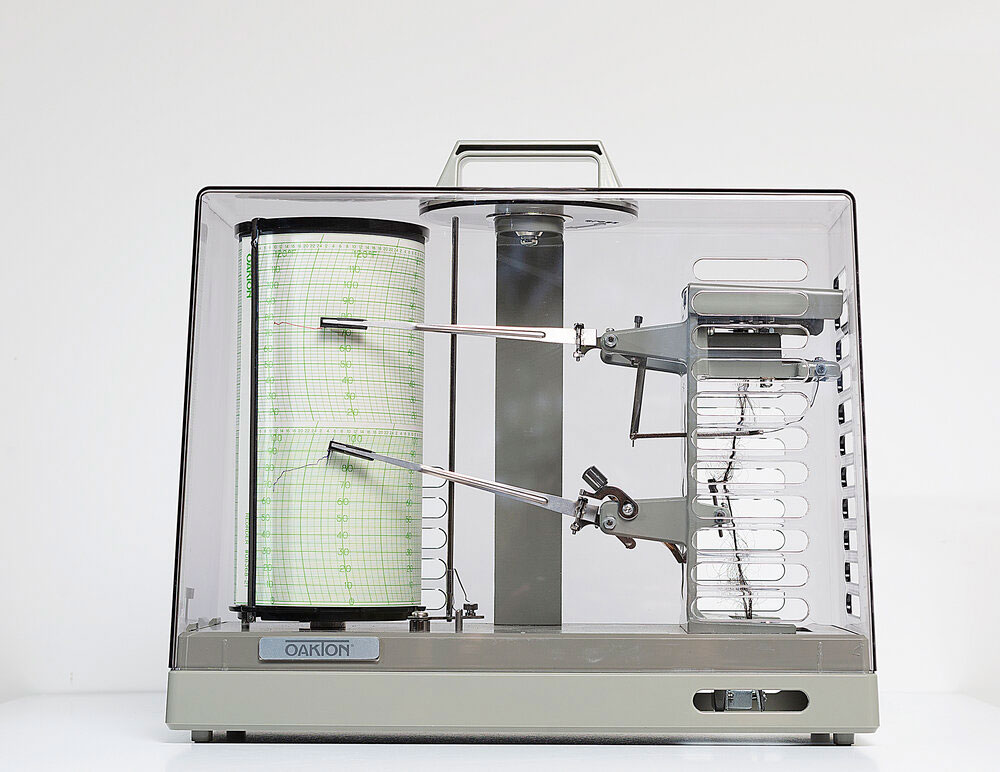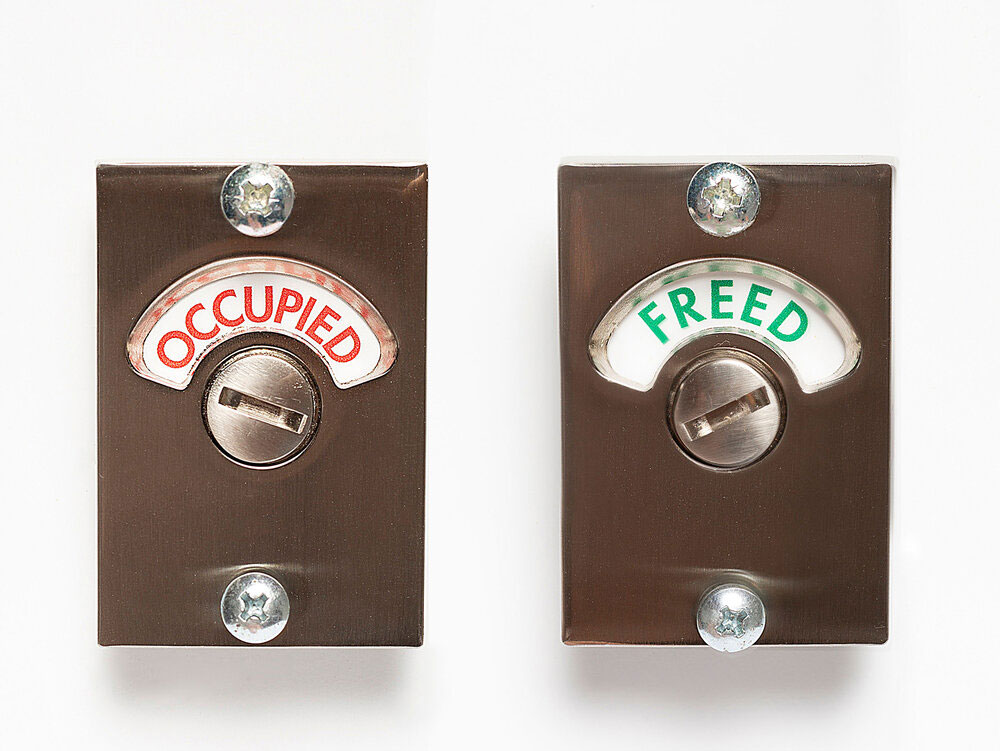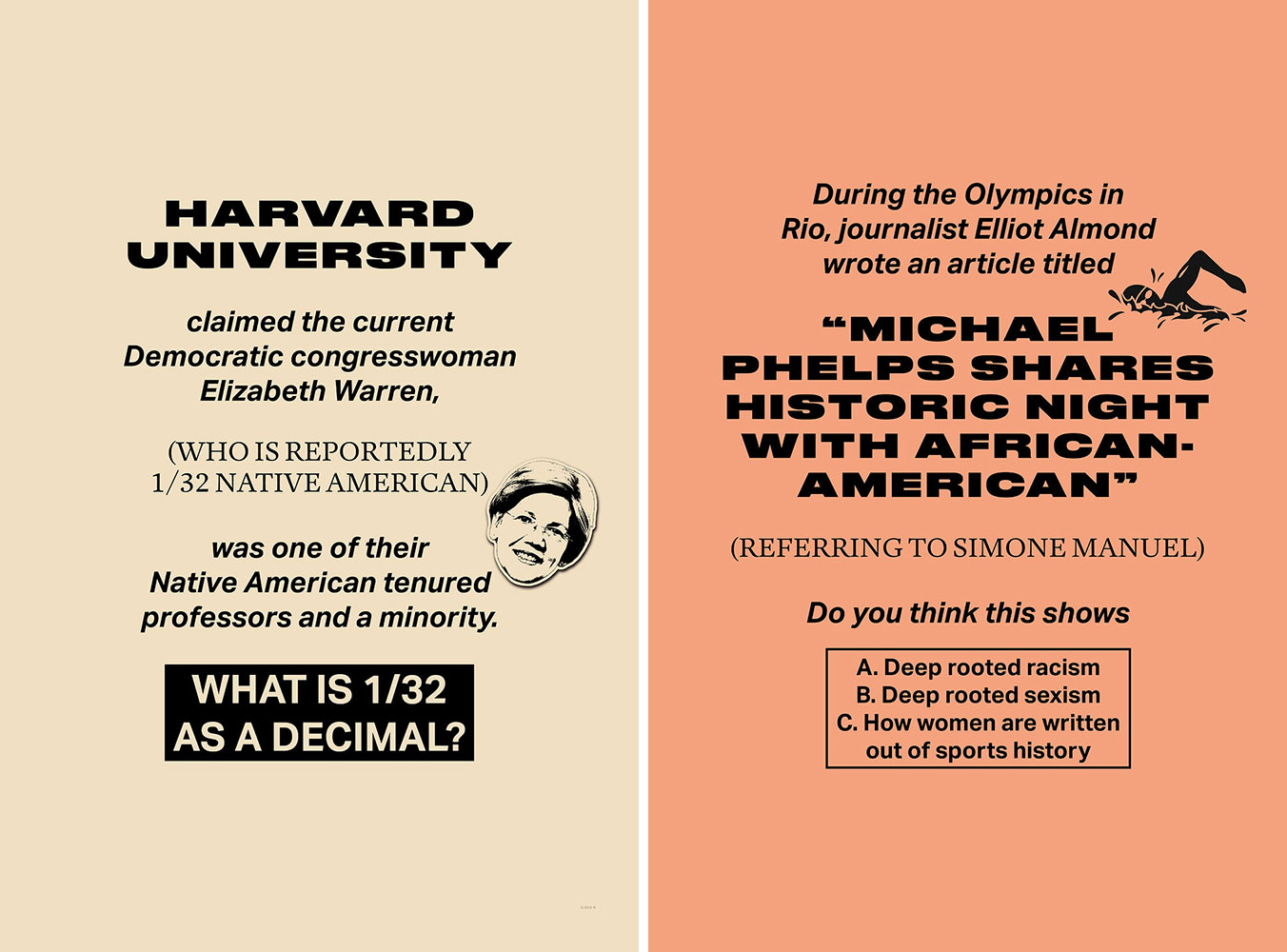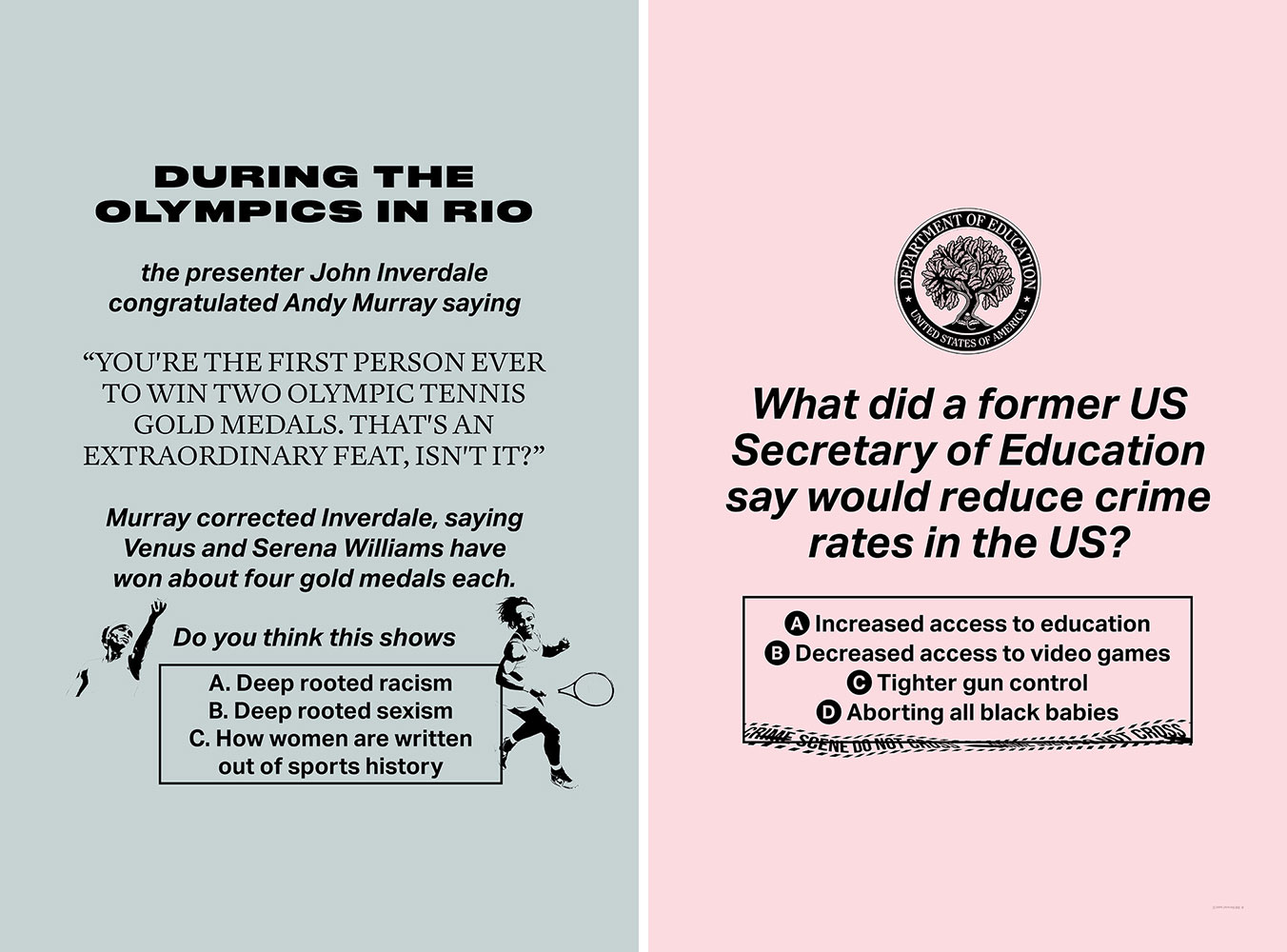ART-PRESENTATION: Yara El Sherbini-Forms of Regulation and Control
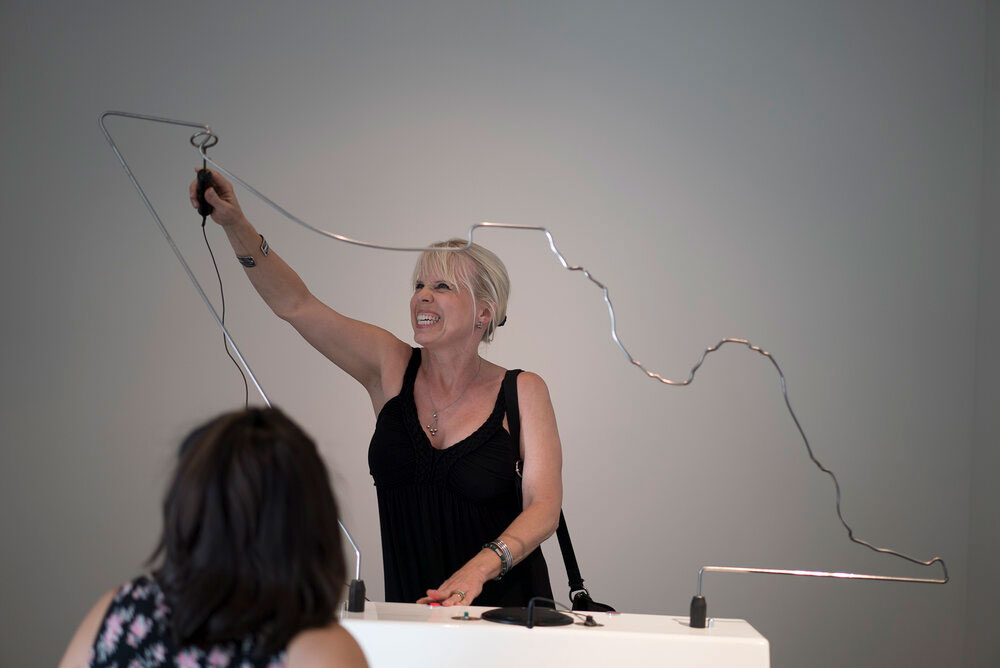 Yara El-Sherbini’s practice uses humour to question social and political systems of power and influence and are far from politically correct. The artist utilises recognisable formats within contemporary popular culture, such as pub quizzes and games, to playfully disarm viewers and the participants, engaging them with the socio-political ideas central to her work.
Yara El-Sherbini’s practice uses humour to question social and political systems of power and influence and are far from politically correct. The artist utilises recognisable formats within contemporary popular culture, such as pub quizzes and games, to playfully disarm viewers and the participants, engaging them with the socio-political ideas central to her work.
By Efi Michalarou
Photo: CUE Art Foundation Archive Archive
Yara El-Sherbini presents her first solo exhibition in the U.S.A. at CUE Art Foundation, entitled “Forms of Regulation and Control”. El-Sherbini’s practice draws upon interactive artworks reveal the social systems that produce unconscious bias. Her gallery interventions untangle the ways our environments are regulated, and gesture toward the biases inherent in speech, visualization, and surveillance. El-Sherbini’s playful, minimalist work underscores how insidious forms of knowledge-based control continue, in spite of recent efforts to decolonize the sciences. In “Other Forms of Regulation and Control”, El-Sherbini displays three hygrothermographs: inconspicuous machines used by museums and galleries to track and regulate the temperature and humidity of an exhibition space as part of protocols to protect artwork. Data is collected using a piece of human hair (typically hair classified as “Asian”), and any fluctuations in the environment are traced on graph paper. At CUE, El-Sherbini has replaced the hair in the machines with hair from the three “scientifically” classified ethno-hair categories: “African” (also classified as “Afro” in some studies), “Asian,” and “Caucasian.” In rupturing museum protocols, the artist questions the methods of monitoring artwork in public spaces, while also revealing how the idea of “race” always needs to be examined and untangled. In “Questioning”, multiple choice questions are presented on colorful posters, replicating game cards in popular board games. In a startling mix of veiled sarcasm and off-the-wall answers, El-Sherbini uses the time gap between reading the question and finding the answers to have visitors reflect upon their biases surrounding current events. The work “OCCUPIED/FREED” replaces the lock on CUE’s restroom with a lock that states the lavatory is either “occupied” or “freed” in red and green letters, reminding viewers of the ways borders mark ownership over the movement of people within geopolitics. In his curatorial essay, Naeem Mohaiemen writes that El-Sherbini’s projects “have seemingly gentle, friendly surfaces, with shards of discursive turmoil underneath. Works appear as an innocuous object and game, but start to think of the implications and your reaction will be a slight shock”. The single-player artwork “Border Control” invites audiences to cautiously navigate along the charged US-Mexico border. The aim of the game is to get to the other side, without touching the wire, within one-minute. Tactical movement is advised over areas of higher risks, as when metal to metal makes contact, an electric circuit is formed, triggering a series of warning sounds and lights. The player has three chances of crossing without making contact. In “Border Control” the concentrated maneuvering across this territory demarcation activates critical thinking about border lines as power lines, and the implications of man-made lines, on the movement of millions of people and the shaping of identities.
Info: Curator: Naeem Mohaiemen, CUE Art Foundation, 37 West 25th Street, New York, Duration: 7/11-15/12/2020, Days & Hours: Tue-Sat 10:00-17:30, https://cueartfoundation.org
